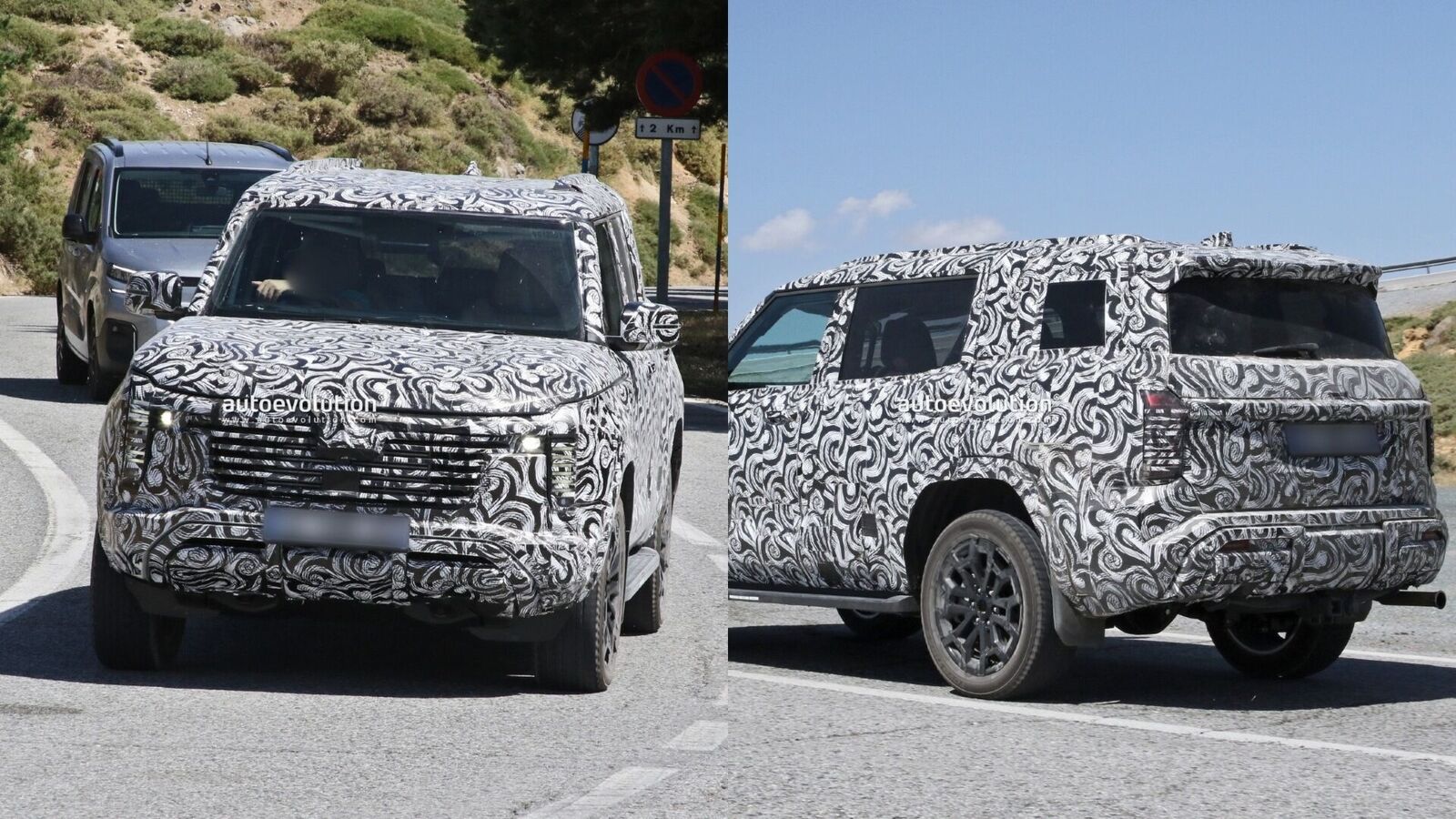10 April 2025

While the used-car market in Poland faces continued supply pressures, the new-car market has remained stable so far in 2025. Marcin Kardas, head of valuations at Eurotax Poland, analyses the figures with Autovista24 web editor James Roberts.
So far in 2025, Poland’s used-vehicle market has seen struggles spanning both passenger cars and light-commercial vehicles (LCVs). A large supply of used models and significant discounting continues to put pressure on market values.
In the used-car sector, hybrid vehicles have seen the strongest residual values (RVs), whilst battery-electric vehicles (BEVs) saw the biggest declines.
In contrast, Poland’s new-car market has remained stable over the first three months of the year. By the end of March, 138,696 units were registered in the country, an increase of 2.5% from 2024, according to data from industry authority PZPM.
Notably, the Polish new-car market has seen an increase in Chinese brands debuting. As well as this, the sector has not been adversely impacted by looming EU emissions regulations. However, potential shifts in policy, coupled with recently announced US tariffs, could cause disruption as the year progresses.
Continued used-car struggles
The used-car market continues to see a decline in values that follow a longer trend. Discounts on new prices, plus a large supply of used vehicles, continues to put pressure on market values. Coupled with this, the beginning of the year usually signals a period of high volatility.
The steady decline of values in Poland, which has continued since the beginning of 2024, is one of the higher among the largest markets in Europe. Demand for used cars is currently limited.
Within the Polish used-car market, vehicles aged between 31 and 90 months saw the largest drops in value. However, the prices of the youngest cars, limited in availability due to the post-COVID-19 supply constraints, and the oldest, most affordable cars on the market, are gradually stabilising.
Hybrid vehicles emerged as the most resilient used powertrain, losing the least value. Alternatively BEVs saw the greatest rate of depreciation. This continues a trend witnessed throughout 2024.
It is notable that the gap between the asking price and the final sale price is particularly wide for BEVs. This is largely due to low demand and a widespread lack of confidence in these vehicles on the used-car market. As a result, the resale value of BEVs remains uncompetitive compared to internal combustion-engine (ICE) vehicles, which in turn hampers the growth of BEV sales.
Historically, BEVs tend to depreciate more quickly than their ICE counterparts. While the limited availability and small sample size contribute to high variability in the data, the trend of higher depreciation is clearly visible in listings.
Although manufacturers are pushed to produce and sell BEVs due to Corporate Average Fuel Economy (CAFÉ) regulations, the used car market has yet to fully embrace this powertrain, further reinforcing their low RVs.
New-car market stable for now
For the time being, the Polish new-car market has not seen any significant impact from the CAFÉ standard. This EU-enforced regulation sets a CO2 emissions to a limit of 93.6g/km across a carmaker’s fleet. Other European markets, such as Hungary, are anticipating price rises later in 2025 as a result.
ICE-powered cars remain available without restrictions in Poland. With the recently-announced transitional three-year period to meet the emission targets, importers and dealers will gain time to phase in BEVs.
Meanwhile, more Chinese brands continue to appear in the Polish new-car market. These vehicles cover most segments, spanning a variety of powertrains including ICE. Adoption of Chinese models has been unexpectedly strong so far, especially among private users.
This trend could be attributed to published price lists not showing the effects of the protective duties introduced last year, making these vehicles attractive to consumers. Fleets are only just beginning to show interest in these new Chinese brands.
One unknown that could impact the market is the implementation of US tariffs. With production spread globally, this could pose a problem for European manufacturers. In Poland, potential exposure to increased logistical costs and reduced sales could affect new vehicle sales.
Used van market under pressure
New van registrations in the Polish market grew in the first quarter of 2025. This amounted to 16,127 units, a minimal increase of 1% year-on-year, according to data from PZPM.
In contrast to the relative stability in the new van market, used vans are currently selling at a slow pace. At the beginning of the year, an increased decline in value can be observed in every segment of the market, from light to heavy vehicles.
Models older than five years are also falling in value. This is indicative of a growing general problem with demand for close transportation and the adverse economic climate. Compared to the largest markets in Europe, Poland currently has the largest decline in the value of vans.
Poland’s truck crisis continues
The truck market continues to experience significant problems, with marked decline entering a third year. The sector is suffering from a widespread lack of interest in used vehicles, compounded by an elevated quarterly decline in the value of used trucks.
An increased interest in eight-to 10-year-old tractors from Arabic countries has had little positive effect on the wider market picture.
However, this is a normal situation at the beginning of the year. It is therefore difficult to judge whether this marks the beginning of a greater depreciation in the following months motivated by minimal demand.
The market is currently facing a shortage of attractive used vehicles. However it is important to recognise that trucks purchased during the early phase of the pandemic, when new vehicle sales were heavily restricted, are only now beginning to re-enter circulation.
This creates a unique dynamic of subdued demand on one side, and a limited supply of quality used stock on the other. The key to reversing this trend likely lies in an economic recovery in Germany, Poland’s primary export destination, and a bellwether for regional transport demand.
Meanwhile, distribution trucks have seen a sharp and sustained drop in value. New vehicle sales data offers limited insights. This is due to the segment’s relatively small share in overall truck sales. However, the steep depreciation of used vehicles strongly suggests a broader slowdown in local transport activity.
Sales of new trucks are following the same trend. From the beginning of 2025 to the end of February, only 4,461 trucks were registered in Poland, a year-on-year drop of as much as 15.9%. This is comparative to a poor result at the start of 2024.





